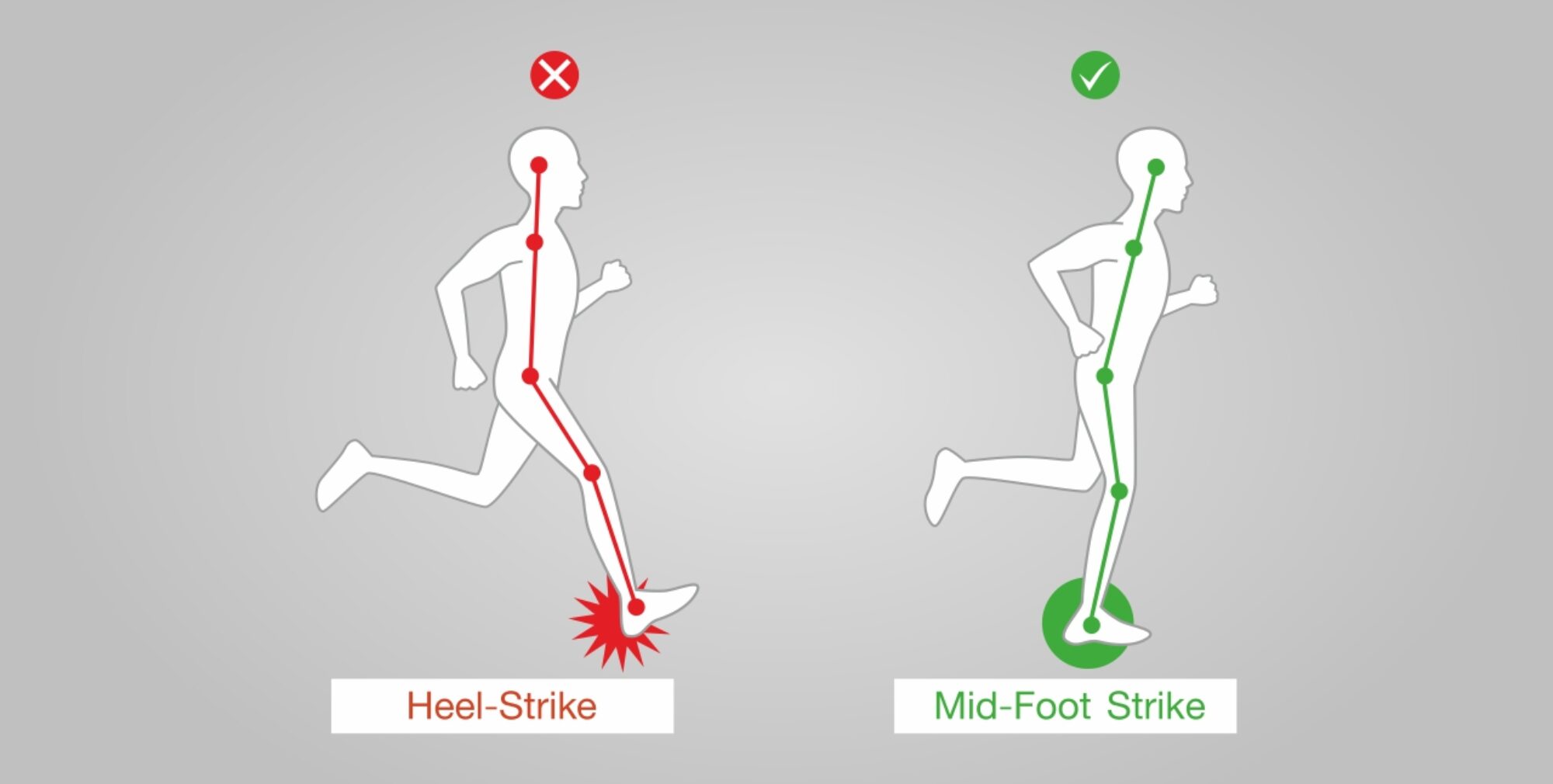Running is a great way to stay fit and healthy, but it’s important to wear the right shoes to avoid injuries. Different types of running shoes are designed for different purposes, so it’s important to choose the right pair for your workout.
Why are different shoes important for different workouts?
Different workouts require different movements and put different stresses on your feet. For example, if you’re running on trails, you’ll need a shoe with good traction and support. If you’re doing speed work, you’ll need a shoe that is lightweight and responsive.
Wearing the wrong shoes can increase your risk of injuries, such as shin splints, stress fractures, and plantar fasciitis. It can also make your workouts less comfortable and efficient.
What are the different types of running shoes?
There are many different types of running shoes available, but they can be generally divided into the following categories:
- Cushioned shoes: These shoes have a lot of cushioning in the midsole to absorb impact and protect your joints. They’re a good choice for long-distance running and runners with overpronation (when your feet roll inward too much when you run).
- Lightweight shoes: These shoes are designed to be as light as possible to help you run faster. They’re a good choice for speed work and racing.
- Trail shoes: These shoes have good traction and support to help you navigate uneven terrain. They’re a good choice for trail running and off-road running.
- Stability shoes: These shoes provide extra support to help prevent overpronation. They’re a good choice for runners with overpronation and runners who are new to running.

Which shoes should I wear for my workouts?
Here are some general tips for choosing the right running shoes for your workouts:
- Long-distance runs: Choose a cushioned shoe with good arch support.
- Speed work and racing: Choose a lightweight shoe with a responsive midsole.
- Trail running: Choose a trail shoe with good traction and support.
- Beginners: Choose a stability shoe to help prevent overpronation.
It’s also important to consider your foot type and running style when choosing running shoes. It’s a good idea to go to a specialty running store and have your feet analyzed by a trained professional to get the best possible fit.
Here are some additional tips for choosing the right running shoes:
- Replace your running shoes every 300-500 miles, even if they look like they’re still in good condition. The cushioning in running shoes breaks down over time, which can increase your risk of injury.
- Shop for running shoes at the end of the day, when your feet are the largest. This will help you get the best possible fit.
- Bring your old running shoes with you when you go shopping. This will help the salesperson understand your foot type and running style and recommend the right shoes for you.
Conclusion
Wearing the right running shoes is essential for avoiding injuries and improving your performance. By choosing the right shoes for your workouts, you can run longer, faster, and more comfortably.

